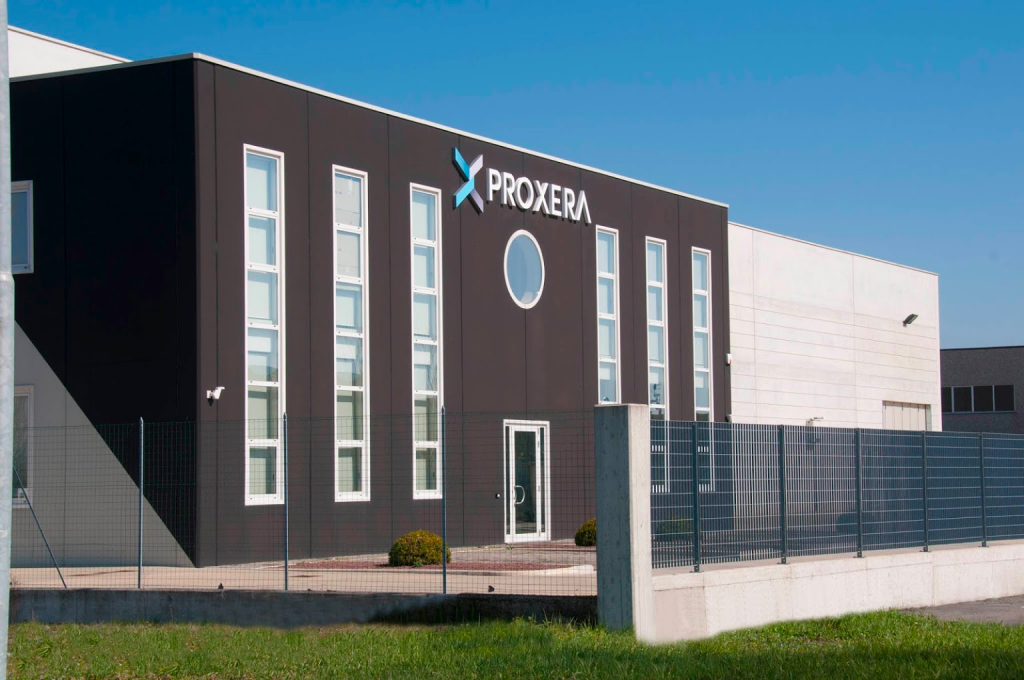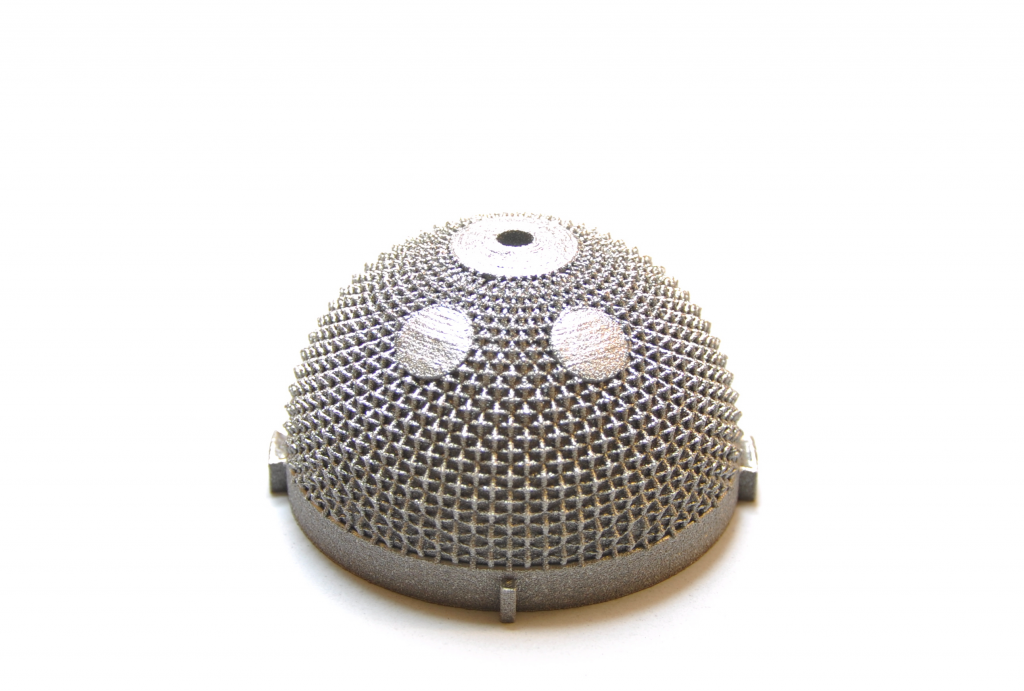Italian 3D printing service bureau ZARE has announced that it has acquired a majority stake in the dental additive manufacturing specialist Proxera.
The deal, which closely follows ZARE’s own merger with the BEAMIT group, will see Proxera continue to operate independently as a subsidiary of its new owners. ZARE, meanwhile, now aims to leverage Proxera’s DMLS 3D printing process alongside its established value chain, to better address the emerging medical implant market.
“With Proxera, we want to be extraordinary leaders in technological breakthroughs and have a wider impact on society and people’s life,” said Andrea Scanavini, CEO of ZARE. “With this acquisition, we are immediately ready to use one of the most revolutionary technologies; one that is destined to transform how patients are treated.”
“Although the world is still struggling due to COVID-19, we are looking at the future with great confidence and an unchanged sense of social responsibility.”

ZARE sets its sights on medical
Although the exact terms of the acquisition haven’t been disclosed, the deal will effectively see Proxera fall under the control of ZARE, which itself merged with BEAMIT last August. BEAMIT, meanwhile, is 30% owned by global engineering group Sandvik, meaning that Proxera will be also able to leverage its technology going forwards.
Sandvik operates an ISO 13485:2016 certified powder plant, and its Osprey titanium has often found medical applications, potentially making it ideal for fabricating metal implants. Absorbing Proxera’s DMLS printing technology also enables ZARE to establish a fully-integrated value chain, from sourcing powders to surface finishing.
As a result, the acquisition deal could make ZARE uniquely well-placed to meet a growing demand for customizable patient-specific medical implants. According to Scanavini, the firm’s newly-reinforced 3D printing capabilities provide it with a “competitive advantage,” as it seeks to expand into the medical sector.
“Certain personalized solutions and designs cannot be obtained with anything other than AM,” said Scanavini. “Our team’s vast wealth of experience, combined with a supply chain driven and managed internally, enables us to maximise the potential of 3D printing to produce lightweight, sturdy, tailor-made components exceptionally quickly.”

Proxera’s dental 3D printing offering
Proxera specializes in deploying advanced technologies to fabricate on-demand orthodontic products for clients in the dental sector. Within its production process, the company incorporates 3D scanning, printing and CNC machining, with the aim of improving the cost, speed and error rates of medical manufacturing.
The 3D printing element of Proxera’s workflow is achieved via Direct Metal Laser Sintering (DMLS), which allows it to exactly recreate patient-specific parts based on CAD models. However, the firm’s implant’s aren’t fully-fabricated, and when producing screw-retained structures, it still uses both 3-axis and 5-axis CNC milling to ensure optimal accuracy.
Currently, Proxera offers its clients zirconium, cobalt, ceramic and PMMA implants, but following its acquisition, it could soon add Osprey titanium to its portfolio too. Similarly, it’s anticipated that Proxera will imminently expand into the medical market, deploying its proprietary process to create complex customized implants as well as dental abutments.
The additive implant industry
Over the years, researchers have continually experimented with developing optimized additive bone implants, but recently the technology has become increasingly commercialized.
SLM Solutions, for example, has partnered with medical device manufacturer Canwell Medical, to develop and manufacture surgical implants. As part of the arrangement, SLM has agreed to provide technical assistance to accelerate both the certification and production processes.
Orthopedic 3D printing company 4WEB Medical, meanwhile, markets a range of spinal implants, and it added a Stand-Alone Anterior Spine Truss System to its portfolio last year. The device features an enhanced dual-step locking system, to provide surgeons with greater non-slip assurance during procedures.
Biocompatible materials have also become readily available, and Evonik launched its Vestakeep i4 3DF PEEK filament in May 2020, with the aim of addressing the medical market. Having successfully met ASTM F2026 requirements, the material can safely be used to fabricate polymer-based surgical implants.
To stay up to date with the latest 3D printing news, don’t forget to subscribe to the 3D Printing Industry newsletter or follow us on Twitter or liking our page on Facebook.
Are you looking for a job in the additive manufacturing industry? Visit 3D Printing Jobs for a selection of roles in the industry.
Featured image shows Proxera’s HQ in the North Italian town of Boretto. Photo via ZARE.


